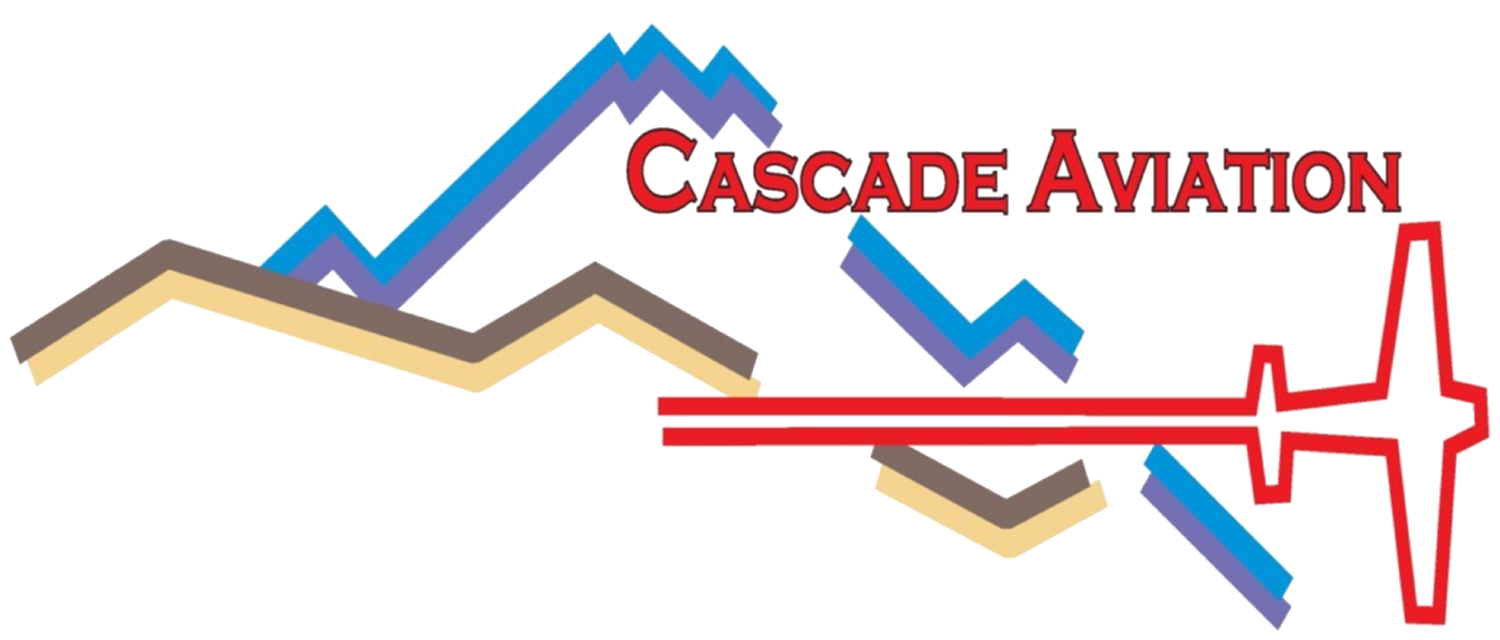
EARN YOUR INSTRUMENT RATING
Ready to take your training to the next level? Adding your instrument rating will allow you to fly in lower weather minimums, enhance your knowledge of the national airspace system, and greatly improve your safety and judgment as a pilot
Stage 1: Basic instrument flying and navigating
The first stage of earning your instrument rating will build on the skills you developed in private pilot training. Start by digging deeper into how the flight instruments work, then apply that knowledge while flying solely by reference to the flight instruments. You will also practice navigating using VORs and DME, deepen your knowledge of weather and emergency procedures, and sharpen your flying skills without ever looking outside the airplane. You will conclude stage 1 with a stage check conducted by another Cascade instructor to ensure your knowledge and flying are proficient and you are prepared to continue to stage 2.
Note: If you intend to pursue your commercial pilot’s license Cascade recommends that you complete stage 1 of the commercial pilot training course before beginning your instrument rating.
Stage 2: Instrument approaches and cross-country procedures
Having become proficient in navigating and instrument flying in the local practice areas you will now hone those skills by conducting dual cross-country flights solely by reference to the instruments, including one flight of over 250 nautical miles! Navigate using VORs, DME, and GPS all while growing your comfort level with advanced communication procedures with air traffic control. You will also learn how to fly instrument approaches, taking you all the way down to as low as 200 feet off the ground without any outside visual reference! Stage 2 concludes after your end-of-course stage check with another Cascade instructor who will ensure you are a proficient instrument pilot and capable of passing the FAA checkride, which caps off the instrument training course.



